Triple Star System Smashing Stellar Theories
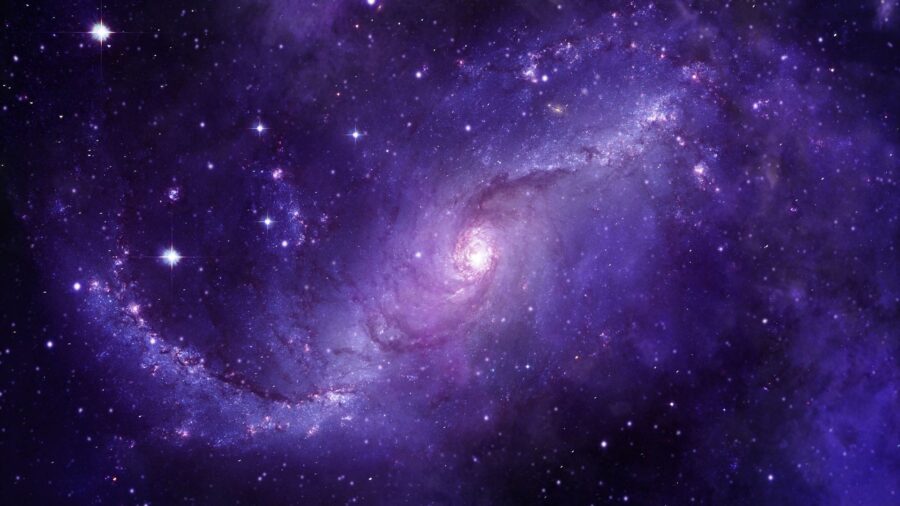
Scientists from the University of Leeds recently made a groundbreaking discovery that challenges existing theories on star formation, according to SciTech Daily. Traditionally, massive stars called Be stars were thought to exist in binary systems, meaning they had only one stellar companion. However, using data from the Gaia satellite, researchers propose that Be stars are likely part of triple star systems.
This not only questions established theories about star formation but also carries profound implications for comprehending wider astronomical phenomena, including black holes, neutron stars, and gravitational waves.
What Are B Stars
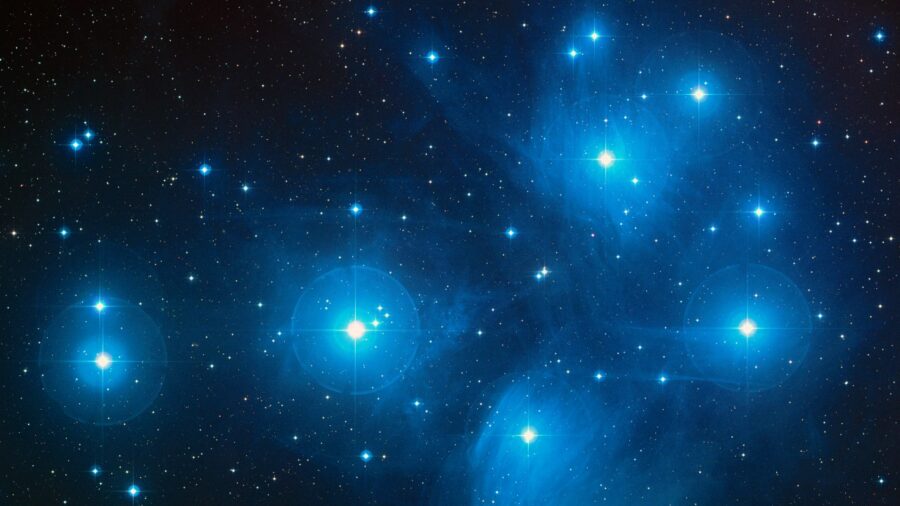
The study, led by PhD student Jonathan Dodd and Professor René Oudmaijer, observed the movement of stars over various time scales. When studying space, scientists group different types of stars together based on similar characteristics. Be stars are a subset of B stars that are characterized by the presence of a circumstellar disk, and, like other B stars, Be stars were originally thought to exist in binary systems; however, the new study suggests they’re actually part of triple star systems.Be stars have long captivated astronomers due to their distinctive gas discs, akin to the rings of Saturn. Although these stars have been known for about 150 years, like much of the universe, their origin has remained a mystery. Prior to the triple star theory, the prevailing theory asserted that the gas discs formed due to the rapid rotation of Be stars, possibly induced by their interaction with another star in a binary system.
The Discovery Of Triple Star Systems
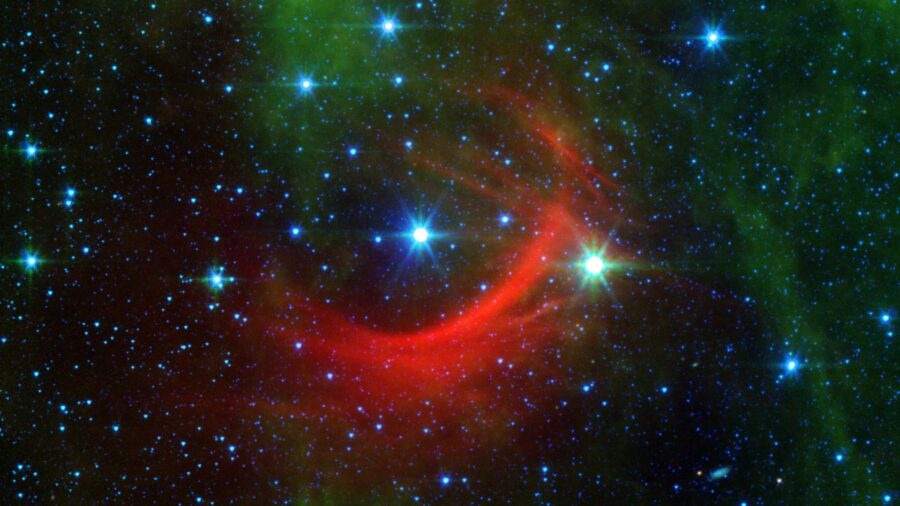
When examining data for companion stars at larger separations, the researchers found a similar rate between B and Be stars, hinting at the involvement of a third star in many cases. This newfound understanding suggests that Be stars form from interactions in triple star systems. The scientists propose a scenario where mass transfer from a third star to the Be star leads to the formation of the characteristic gas discs around Be stars.
A Better Understanding Of Black Holes
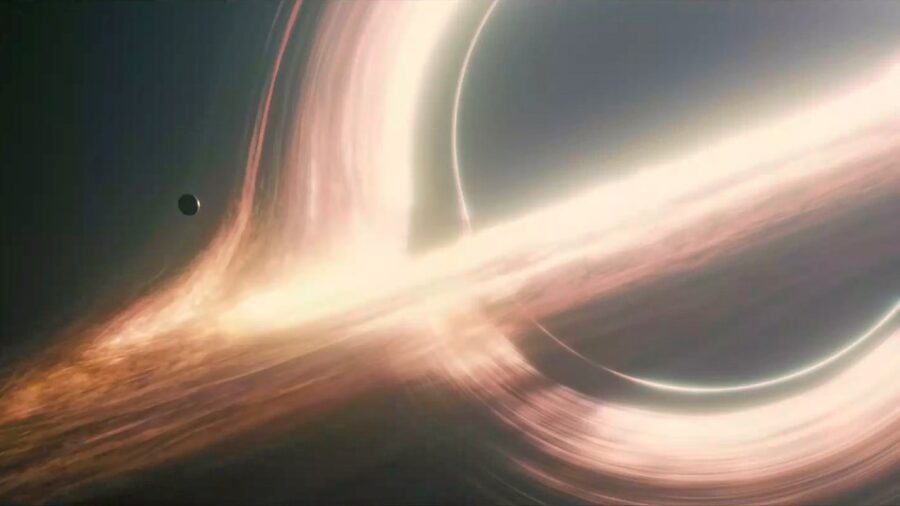
The implications of this discovery extend beyond understanding Be stars. It could significantly influence our knowledge of black holes, neutron stars, and gravitational waves. The research suggests a more complex stellar evolution, with triple star systems playing a crucial role.
Professor Oudmaijer highlights the broader astronomical impact, especially in the context of gravitational waves. He notes, “There’s a revolution going on in physics at the moment around gravitational waves,” and this discovery of Be stars in triple star systems provides valuable insights into these cosmic phenomena.
A Complex Finding
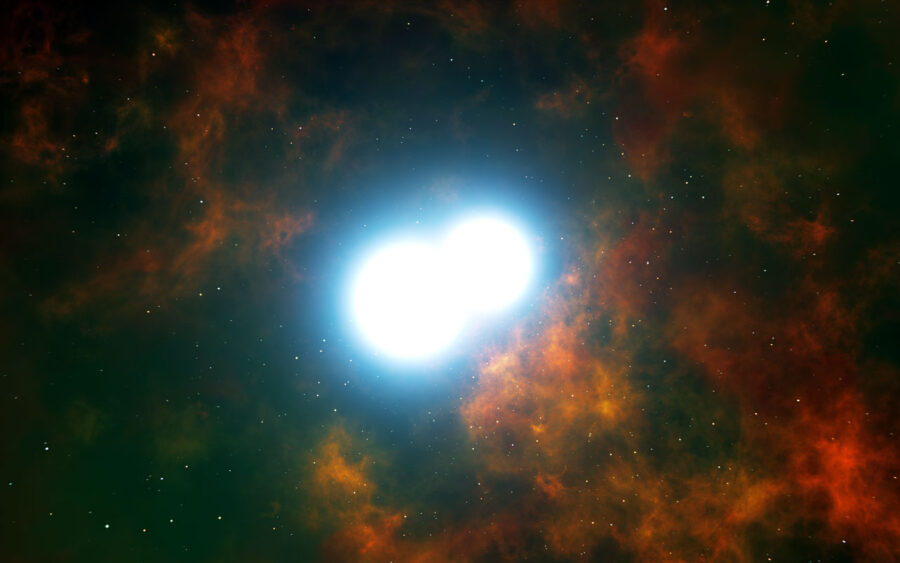
In the context of stellar evolution, binarity has been a crucial element, but this discovery suggests a more intricate scenario. Oudmaijer concludes, “Over the last decade or so, astronomers have found that binarity is an incredibly important element in stellar evolution. We are now moving more towards the idea it is even more complex than that and that triple stars need to be considered.” In this context, he humorously notes, “Indeed, triples have become the new binaries.”
Further Studies Of The Vast Cosmos

The study, titled “Gaia uncovers difference in B and Be star binarity at small scales: evidence for mass transfer causing the Be phenomenon,” involves contributions from the team of Mr. Dodd, Prof. Oudmaijer, Isaac Radley, Miguel Vioque, and Abigail Frost. The triple star research received funding from the Science and Technology Facilities Council (STFC), marking a significant advancement in our understanding of stellar dynamics and their role in the broader cosmic landscape.











